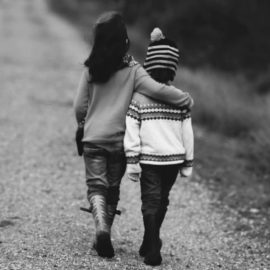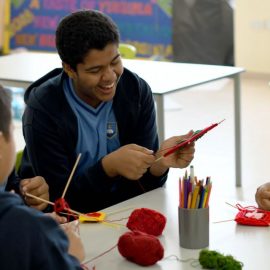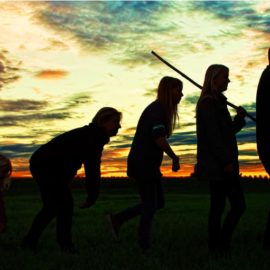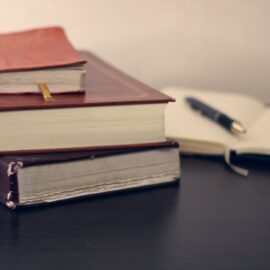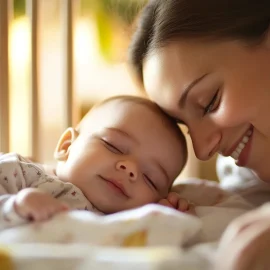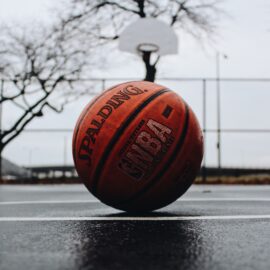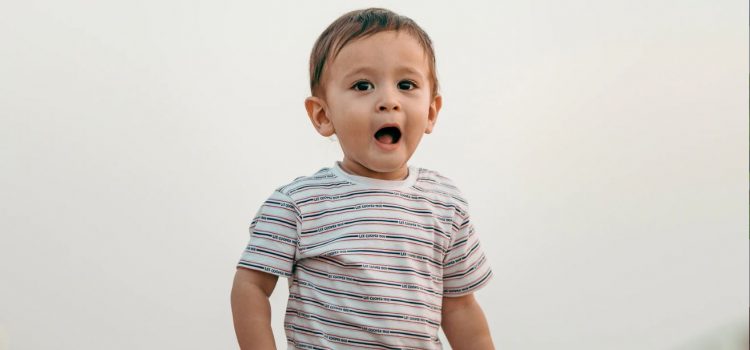
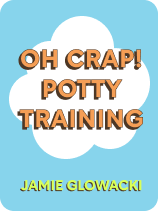
This article is an excerpt from the Shortform book guide to "Oh Crap! Potty Training" by Jamie Glowacki. Shortform has the world's best summaries and analyses of books you should be reading.
Like this article? Sign up for a free trial here .
What’s block 2 from Oh Crap! Potty Training? What are some common problems you should expect at this stage?
The Oh Crap! Potty Training block 2 involves dressing your child with no diaper or underwear. This block can be especially difficult because it can result in some messy accidents, but it’s an important part of Glowacki’s potty training method.
Here are some things to keep in mind during this phase of potty training.
Block 2: No Underwear
For Oh Crap! Potty Training block 2, dress your child in pants with no underwear. Glowacki explains that toddlers often have trouble understanding the difference between underwear and diapers, so avoiding underwear, for now, will mean fewer accidents.
Continue learning the rhythms and signals of your child’s bathroom use, prompting them to use the toilet when they show signals or when they usually need to go. You don’t need to focus entirely on your child during this block and can start taking them on short outings like a walk around the block or a quick errand. Be prepared for your child to have accidents during block 2, keeping cleaning supplies on hand. Don’t get angry or upset with your child if they have an accident—they’re still learning. Instead, acknowledge they made a mistake without judging them: For example, say, “Pee goes in the potty,” and then have them help you clean up the accident.
(Shortform note: In The Gifts of Imperfection, shame expert Brené Brown clarifies the kind of damaging effect that judging your child or getting angry at them for an accident can have. Judgments can lead your child to feel shame—the deep-seated feeling that something is wrong with them. This feeling, when unaddressed, can interfere with your child’s ability to love and appreciate themselves for who they are—in other words, getting upset over a small accident can have a long-lasting negative effect on your child.)
You can move on to block 3 when you’re confident in your child’s ability to go on longer outings without too many accidents. This is usually somewhere between two and nine days into potty training.
| Pull-ups and Training Pants While Glowacki argues against diaper-like training tools like pull-ups and has a mixed view of training pants, experts have mixed opinions. Let’s explore the benefits and drawbacks of each: Pull-ups: Arguments in favor of pull-ups tend to view them as an “in-between” during the transition from diapers to underwear, noting they can be useful for making your child feel grown up and for use at night. On the other hand, some experts (and Glowacki) argue that pull-ups are an excessive expense, and delay potty training because they are too similar to diapers. Training pants: Proponents of training pants argue that they help teach kids to dress themselves, and also can absorb smaller accidents or “dribbles” while still encouraging a child to use the toilet for larger pees and poops. However, opponents argue that training pants are still an additional cost, create additional waste, and can prevent a child from feeling the uncomfortable wetness that comes from an accident (a consequence that discourages accidents). |

———End of Preview———
Like what you just read? Read the rest of the world's best book summary and analysis of Jamie Glowacki's "Oh Crap! Potty Training" at Shortform .
Here's what you'll find in our full Oh Crap! Potty Training summary :
- How to practice the Oh Crap! Potty Training method
- How to overcome a number of potty training challenges
- What to do if you need to restart the potty training process

